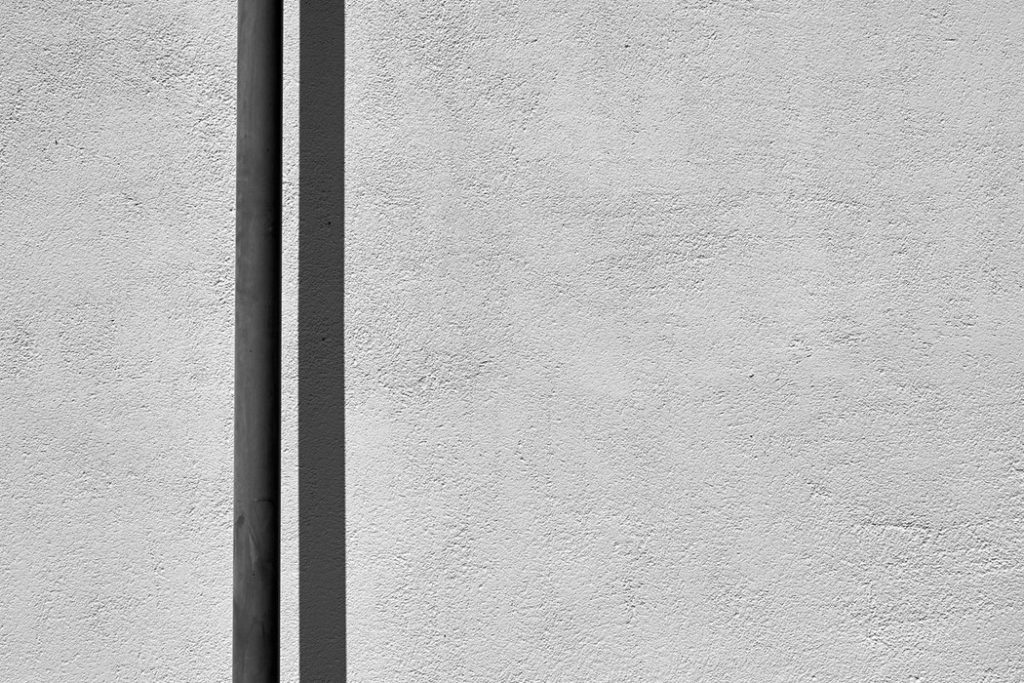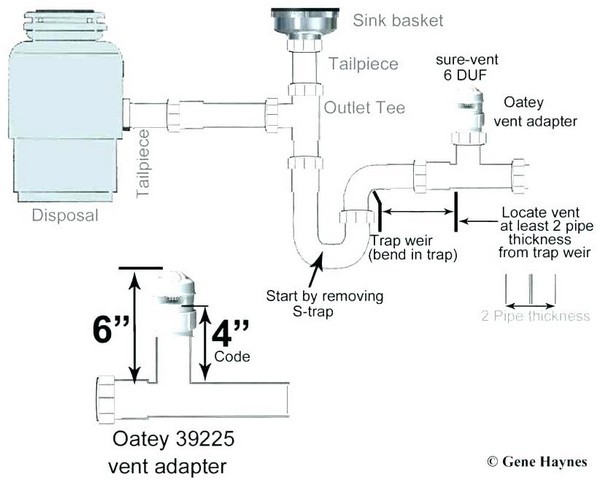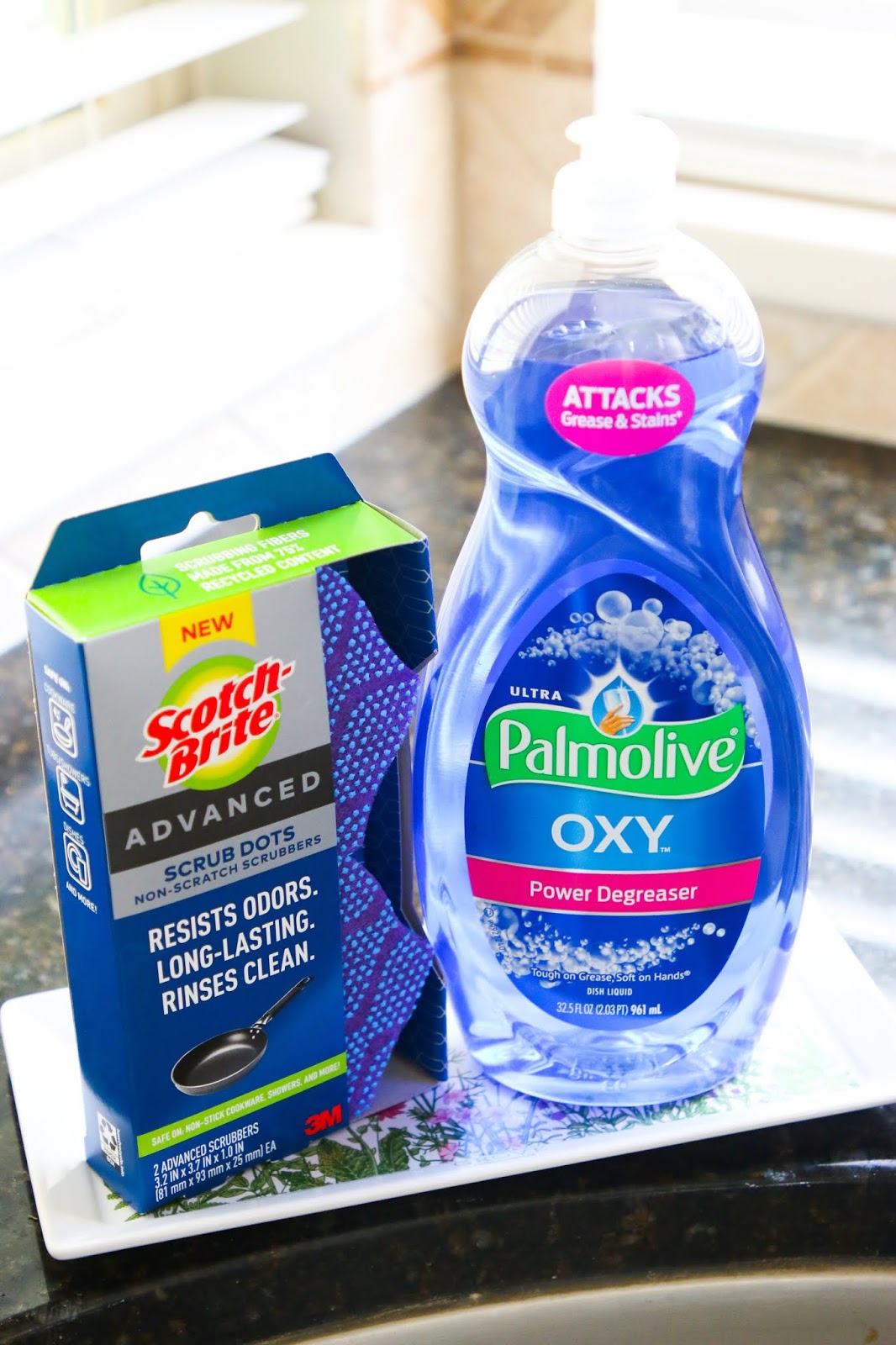How to Flush a Kitchen Sink Drain
Having a clogged kitchen sink drain can be a major inconvenience, causing water to back up and making it difficult to clean dishes or prepare meals. Thankfully, there is a simple solution to this problem - flushing the drain. Flushing your kitchen sink drain not only removes any blockages, but it also helps to prevent future clogs. In this article, we will discuss the best methods for flushing a kitchen sink drain and how to properly unclog it.
How to Unclog a Kitchen Sink Drain
If you have a clogged kitchen sink drain, you may be tempted to reach for a chemical drain cleaner. However, these products can be harmful to both your pipes and the environment. Instead, try using a plunger to remove the blockage. Simply place the plunger over the drain, creating a tight seal, and push and pull to create suction. This should loosen and remove the clog.
DIY Kitchen Sink Drain Flush
If using a plunger doesn't work, you can try a DIY kitchen sink drain flush. This method involves pouring a mixture of hot water, baking soda, and vinegar down the drain. The hot water helps to break down any grease or debris, while the baking soda and vinegar create a chemical reaction that can loosen and remove clogs. Let the mixture sit for about 15 minutes before flushing with hot water.
Best Methods for Flushing a Kitchen Sink Drain
While the plunger and DIY flush are great options for minor clogs, more severe blockages may require a different approach. One effective method is using a drain snake, which is a long, flexible tool that can reach deep into your pipes to remove clogs. You can also try using a drain auger, which is similar to a snake but has a rotating blade that can cut through tougher blockages.
Step-by-Step Guide for Flushing a Kitchen Sink Drain
If you're unsure of how to properly flush your kitchen sink drain, follow these simple steps:
Step 1: Remove any standing water from the sink using a cup or bowl.
Step 2: Place a bucket or large bowl under the sink to catch any water that may leak out.
Step 3: Remove the drain cover or strainer from the sink.
Step 4: Using a plunger or drain snake, remove any visible blockages from the drain.
Step 5: Prepare a mixture of hot water, baking soda, and vinegar.
Step 6: Pour the mixture down the drain and let it sit for 15 minutes.
Step 7: Flush the drain with hot water.
Step 8: If the clog persists, try using a drain auger.
Step 9: Once the drain is clear, replace the drain cover or strainer.
Tools Needed for Flushing a Kitchen Sink Drain
To properly flush your kitchen sink drain, you will need a few tools:
Plunger - for minor clogs
Drain snake - for deeper clogs
Drain auger - for tougher clogs
Bucket or large bowl - to catch any water or debris
Natural Ways to Flush a Kitchen Sink Drain
If you prefer to use natural methods to clean and maintain your home, there are a few options for flushing your kitchen sink drain:
Baking soda and vinegar - create a chemical reaction to loosen and remove clogs
Lemon juice and salt - can help to dissolve grease and debris
Boiling water - can break down and flush away minor clogs
Professional Kitchen Sink Drain Flushing Services
If you're dealing with a persistent clog or want to ensure your drain is thoroughly cleaned, hiring a professional may be the best option. A professional plumber will have the necessary tools and expertise to properly flush your kitchen sink drain and remove any stubborn clogs.
Preventing Clogs in Kitchen Sink Drains
Regularly flushing your kitchen sink drain can help to prevent clogs, but there are also some simple steps you can take to keep your drain clear:
Dispose of grease and food scraps in the trash - avoid pouring them down the drain
Use a drain cover or strainer - to catch any debris before it goes down the drain
Run hot water down the drain - after each use to help prevent build-up
Importance of Regularly Flushing Kitchen Sink Drains
Flushing your kitchen sink drain on a regular basis is important for maintaining a functioning and hygienic kitchen. It not only removes blockages and prevents clogs, but it also helps to keep your pipes clean and free from bacteria and odors. Make it a part of your regular cleaning routine to ensure your kitchen sink drain is always in top condition.
Why a Clogged Kitchen Sink Drain Can Be a Big Problem and How to Flush It Out
:max_bytes(150000):strip_icc()/Kitchensinkdrain-GettyImages-184337984-5a0c63b447c2660037542e67.jpg)
Keeping Your Kitchen Sink Drain Clean and Clear is Essential for a Smooth-Running Household
 When it comes to kitchen design, the sink is often the focal point. It's where we wash our dishes, prep our food, and even fill up our water bottles. But with all the daily use, it's no surprise that our kitchen sink drains can become clogged and cause major headaches. A clogged sink can lead to unpleasant odors, slow draining water, and even potential leaks. That's why it's important to know how to properly
flush
your kitchen sink drain to keep it clean and functioning smoothly.
When it comes to kitchen design, the sink is often the focal point. It's where we wash our dishes, prep our food, and even fill up our water bottles. But with all the daily use, it's no surprise that our kitchen sink drains can become clogged and cause major headaches. A clogged sink can lead to unpleasant odors, slow draining water, and even potential leaks. That's why it's important to know how to properly
flush
your kitchen sink drain to keep it clean and functioning smoothly.
The Causes of Clogged Kitchen Sink Drains
 There are a few common causes for a clogged kitchen sink drain. The most obvious is food debris, such as scraps of food, grease, and oils, that get washed down the drain. Over time, these can build up and cause blockages. Another cause may be foreign objects, like utensils or small toys, that accidentally get washed down the drain. Additionally, mineral deposits and hard water can cause buildup and clog the drain.
There are a few common causes for a clogged kitchen sink drain. The most obvious is food debris, such as scraps of food, grease, and oils, that get washed down the drain. Over time, these can build up and cause blockages. Another cause may be foreign objects, like utensils or small toys, that accidentally get washed down the drain. Additionally, mineral deposits and hard water can cause buildup and clog the drain.
The Importance of Regularly Flushing Your Kitchen Sink Drain
 Regularly
flushing
your kitchen sink drain is crucial for maintaining a clean and clear drain. Not only does it prevent clogs from occurring, but it also helps to get rid of any unpleasant odors and keeps your sink draining at its full capacity. By taking preventative measures, you can save yourself from the hassle of a major clog and potential plumbing issues down the line.
Regularly
flushing
your kitchen sink drain is crucial for maintaining a clean and clear drain. Not only does it prevent clogs from occurring, but it also helps to get rid of any unpleasant odors and keeps your sink draining at its full capacity. By taking preventative measures, you can save yourself from the hassle of a major clog and potential plumbing issues down the line.
How to Flush Your Kitchen Sink Drain
 The most effective way to
flush
your kitchen sink drain is by using a mixture of hot water, baking soda, and vinegar. First, pour a pot of boiling water down the drain to help loosen any debris. Then, pour half a cup of baking soda down the drain, followed by half a cup of vinegar. The chemical reaction will help to break down any buildup in the pipes. Let the mixture sit for 10-15 minutes, then pour another pot of boiling water down the drain to flush it out.
The most effective way to
flush
your kitchen sink drain is by using a mixture of hot water, baking soda, and vinegar. First, pour a pot of boiling water down the drain to help loosen any debris. Then, pour half a cup of baking soda down the drain, followed by half a cup of vinegar. The chemical reaction will help to break down any buildup in the pipes. Let the mixture sit for 10-15 minutes, then pour another pot of boiling water down the drain to flush it out.
Preventing Future Clogs
 To prevent future clogs, it's important to be mindful of what goes down your kitchen sink drain. Avoid washing large food scraps or oils down the drain, and use a strainer to catch any smaller food particles. You can also regularly flush your drain with hot water and a small amount of dish soap to help prevent buildup.
To prevent future clogs, it's important to be mindful of what goes down your kitchen sink drain. Avoid washing large food scraps or oils down the drain, and use a strainer to catch any smaller food particles. You can also regularly flush your drain with hot water and a small amount of dish soap to help prevent buildup.
In Conclusion
 Regularly flushing your kitchen sink drain is a simple but essential task for maintaining a clean and functional kitchen. By taking preventative measures and properly
flushing
your drain, you can avoid major clogs and potential plumbing issues. Keep your kitchen sink drain clear and your household running smoothly by incorporating this simple task into your regular cleaning routine.
Regularly flushing your kitchen sink drain is a simple but essential task for maintaining a clean and functional kitchen. By taking preventative measures and properly
flushing
your drain, you can avoid major clogs and potential plumbing issues. Keep your kitchen sink drain clear and your household running smoothly by incorporating this simple task into your regular cleaning routine.












:max_bytes(150000):strip_icc()/freshen-and-unclog-drain-with-baking-soda-1900466-22-bbf940b70afa4d5abef0c54da23b1d3f.jpg)






/how-to-unclog-a-kitchen-sink-2718799_sketch_FINAL-8c5caa805a69493ab22dfb537c72a1b7.png)




:max_bytes(150000):strip_icc()/how-to-install-a-sink-drain-2718789-hero-24e898006ed94c9593a2a268b57989a3.jpg)

:no_upscale()/cdn.vox-cdn.com/uploads/chorus_asset/file/19495086/drain_0.jpg)


















/how-to-install-a-sink-drain-2718789-hero-24e898006ed94c9593a2a268b57989a3.jpg)












/how-to-install-a-sink-drain-2718789-hero-b5b99f72b5a24bb2ae8364e60539cece.jpg)
:max_bytes(150000):strip_icc()/how-to-install-a-sink-drain-2718789-07-e20d2b61c2d4497b8738ed41060537ba.jpg)






























